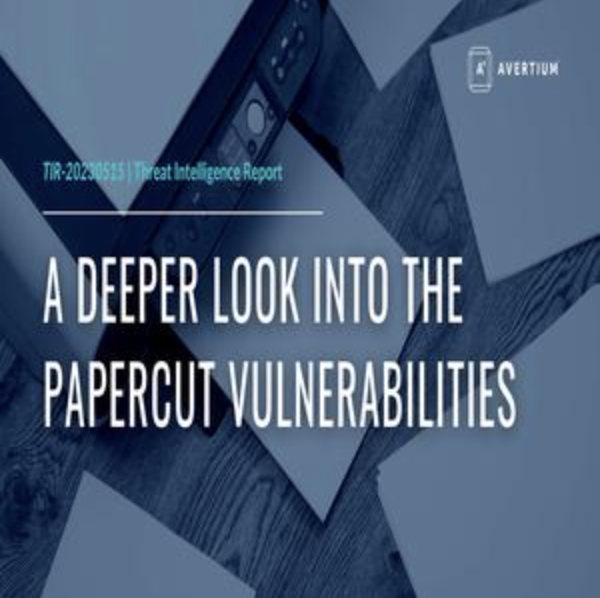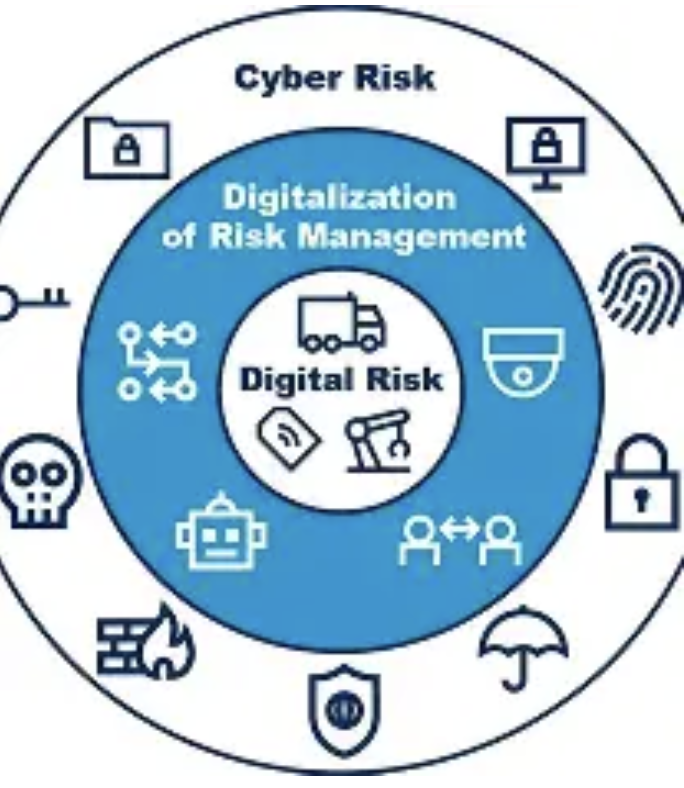For wealthy individuals, ensuring the security of insurance policies, whether in digital form or on paper, goes beyond just avoiding losses. It involves keeping private financial information safe, allowing fast access in emergencies, and protecting valuable assets that support a luxurious way of life. The decision between digital and paper reflects more on how effectively each option addresses the specific risks associated with a rich lifestyle.
The Vulnerabilities of Paper: Beyond Misplacement
Storing paper documents in safes or vaults comes with unseen dangers. Events like fires, floods, or break-ins can irreparably damage important records. For global asset holders, having documents spread out (such as yacht insurance from Monaco or art policies from London) leads to challenges—missing even one can prevent significant payments. Another danger is forgery: experienced criminals can change the terms or beneficiaries on physical documents, particularly when they're stored in less secure places, such as lawyers' file cabinets. Valuable policies (covering private jets or million-dollar properties) endanger not only finances but also the trustworthiness of legacy plans.

Digital Risks: Invisible but Intense
Digital policies that are encrypted rely on security features that are often ignored. High-profile individuals are at risk of "spear-phishing" attacks, where hackers impersonate insurance companies and send fraudulent links to capture login information, leading to unauthorized changes in coverage or fake claims. Even the use of strong passwords cannot stop breaches in centralized systems, exposing sensitive policy information and financial details like bank accounts and investments. Additionally, policies stored in countries with poor data protection laws are even more risky, as local authorities might take or access these records unexpectedly, making international claims more difficult.

Redundancy: The Real Safety Net
The safest strategy isn’t choosing one over the other, but combining both. High-net-worth individuals often opt for “hybrid security”: storing digital policies in encrypted, offline drives (not just cloud servers) and keeping certified paper copies in geographically separate vaults (a Swiss bank safe deposit box alongside a home safe). This redundancy thwarts both digital breaches and physical disasters. Some insurers even offer blockchain-stored policies—immutable records that can’t be altered, with access tracked via private keys held only by the policyholder. This technology turns digital policies into unforgeable assets, merging the best of security and transparency.

Expert Curation: Safety as a Service
Premium insurance companies now provide "policy guardianship" services tailored for wealthy clients. This involves a special team that keeps an eye on both online and offline documents, alerts clients to any suspicious activity—such as unusual login attempts or requests for documents—and manages updates using multi-factor authentication. This service transforms safety from something that individuals must handle themselves into a managed experience, which is essential for those maintaining numerous policies across various assets and regions. The safest policy is one that is actively monitored, rather than merely filed away, whether it's in digital form or on paper.
For individuals with significant wealth, the choice of what is "safer" relies on how each type fits into their lifestyle. Digital policies are great for control and immediate access during emergencies, while paper documents provide a tangible sense of security and shield against digital threats. True security comes from recognizing the flaws in both formats, maximizing their advantages, and creating a robust system that ensures not only the policy is protected but also the life it aims to secure.





